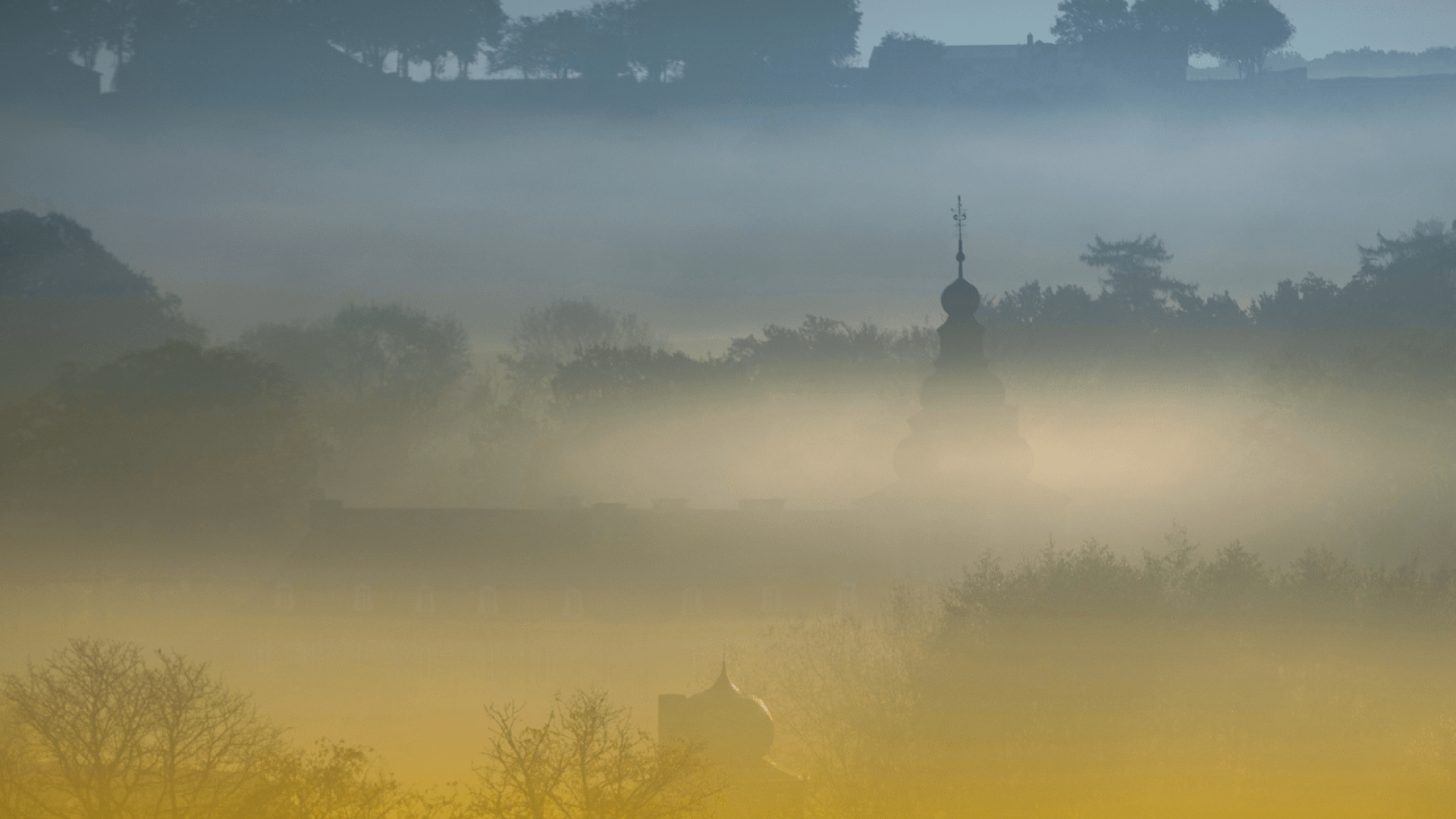The history of Limburg in 5 minutes
With knowledge of the past, Limburg becomes even more fascinating. Limburg as a province is one of the younger provinces of our country, only about 150 years old. The area where Limburg is now has been through a lot more. Take a short dive into the fascinating history of Limburg and find out where in the province those stories from the past are still very much alive!
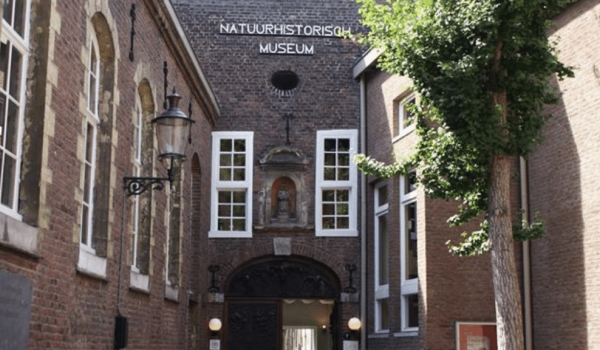
Hunting and gathering in Limburg
About 250,000 years ago, rhinoceroses walked through what is now Maastricht. As hunters and gatherers, the first Limburgers had to fear for their lives. Yet this nomadic lifestyle turned out to be a successful concept: you traveled after your food. About 12,000 years ago, climate changes meant that other animals were on the menu, such as reindeer, which were awaited by where Linne is now located during their migration through Limburg.
Prehistory in Limburg? Visit the Natural History Museum in Maastricht!
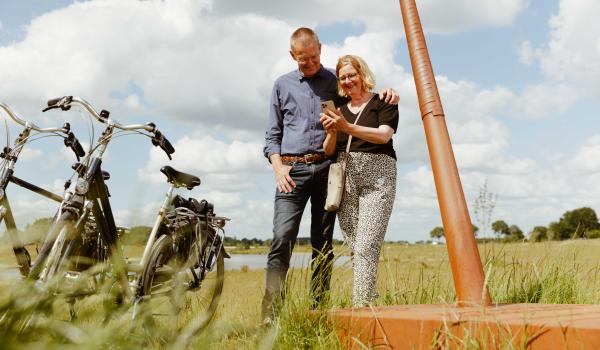
Limburg Archeoroute
Archeology can play a role in the perception of the Limburg landscape, the cities and villages. By literally making the archaeological past visible, for example by placing physical objects. With the Archeo Route Limburg app (free), you can experience the stories of the past, using augmented reality (AR), video and 3D techniques. For example, you can discover the story of 'The dancer of Wanssum'. The story of this archaeological find goes back 10,000 years. Download the app!
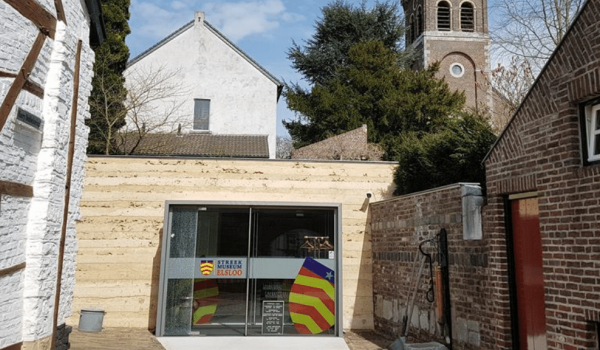
Europe's first farmers
When the rich Limburg loess soil was discovered, the first agriculture arose (5000 BC) in the Netherlands. It was a very good place to be in the area of Elsloo, Stein, Sittard and Geleen. The first farmers are called band ceramics. They baked pots with beautiful, typical patterns. Too fragile for a nomadic life, but very practical in a farmer's household...
Band ceramics in Limburg? Visit the Regional Museum in Elsloo!
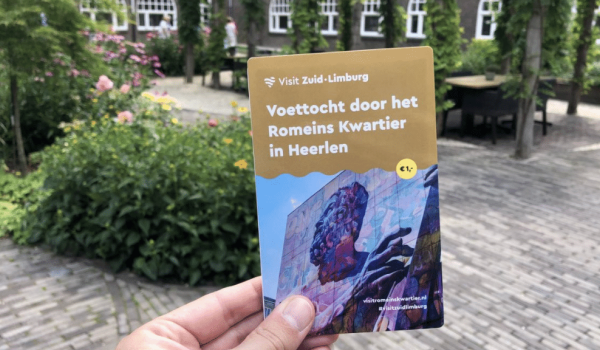
Romans in power
We owe a lot to the Romans – certainly in Limburg. They built roads, including the Via Belgica, and through those roads brought knowledge and riches from the Roman Empire to Limburg. The city of Maastricht arose around the bridge over the Maas and Heerlen arose at the intersection of two roads. The rich loess soil was also used extensively in Roman times: the ancient spelled grain was grown on a massive scale and (South) Limburg was mainly used for agricultural development.
Roman past in Limburg? Visit the Thermenmuseum in Heerlen and discover the Via Belgica!
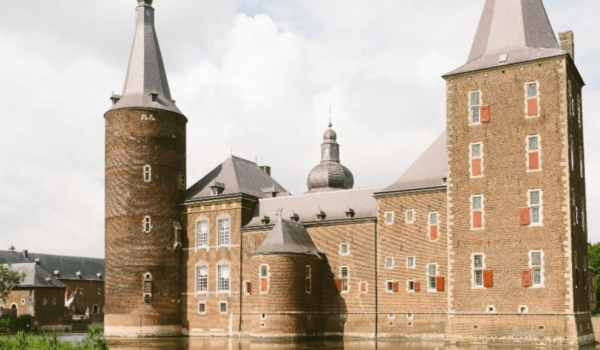
Monasteries and Castles
We are of course talking about the Middle Ages. They span a long period, from the year 500 to 1500, when society was predominantly agricultural. It was structured according to the feudal system of liege lord and vassal. The Christian faith and imperial government (think of Charlemagne) also ensure stability and growth in Limburg. Charlemagne is said to have already spoken Limburgish! His home base was therefore not far away, in Aachen, Germany.
Middle Ages in Limburg? Visit Castle Hoensbroek!
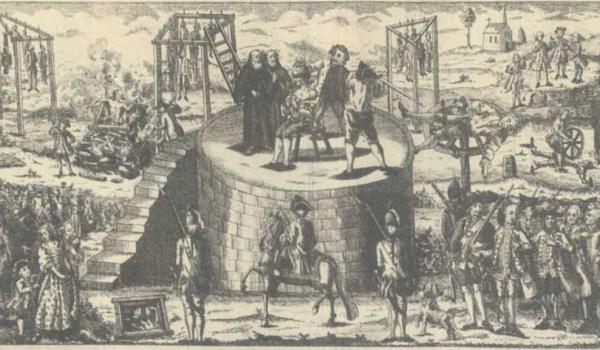
Goat riders, devils in the night
One of the most exciting pieces of Limburg history is that of the Bokkenrijders. This satanic band of robbers is said to fly on goats at night and have sold their souls to the devil. They raided churches and large farms and sowed much fear in the region. Schouten (then police) organized a real manhunt for the Bokkenrijders. Medieval torture techniques helped extract the other names when grabbing one gang member, but how reliable were these confessions? Dozens of 'Goat Riders' have been sentenced to death and gruesomely executed...
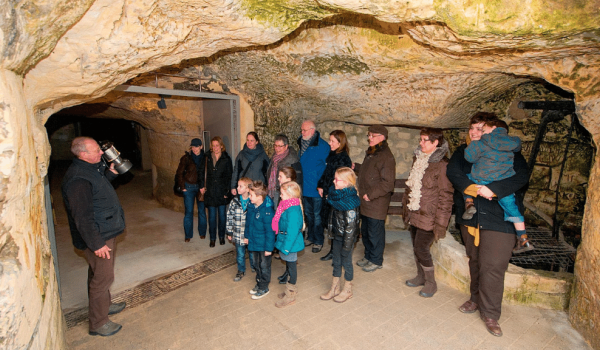
French time in Limburg
It is interesting to know that certain parts of Limburg were first Roman, Spanish and French. Later Austrian and German before they belonged to the Netherlands about 150 years ago. In the French period (1794 - 1814) things in Limburg were turned upside down by the introduction of equality for all citizens, the right to vote and freedom. The French Revolution was also felt in Limburg.
French time in Limburg? Visit the Velvet Cave in Valkenburg. It contains a shelter from the French period.
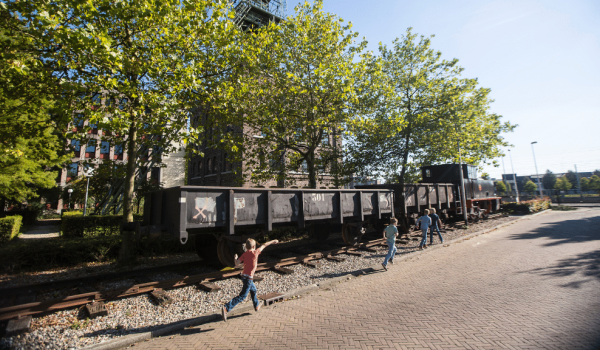
Industrial Revolution
The Industrial Revolution started in Limburg in the 19th century. With the advent of electricity and steam engines, the changes in daily life were great: the household and work changed considerably. The cottage industry declined because you no longer had to make everything yourself, but bought factory-produced items. Often from the wages that you first earned as a farmer and now as a factory worker. Limburg was dominated by pottery and the extraction of coal. The coal industry was of national significance.
Industrial revolution in Limburg?
Visit the Dutch Mining Museum in Heerlen. Here you get a unique insight into underground, but also aboveground life that for decades was completely dominated by coal.
Also very nice is a ride on the Million Line. A really old-fashioned steam train runs across this through the Heuvelland.
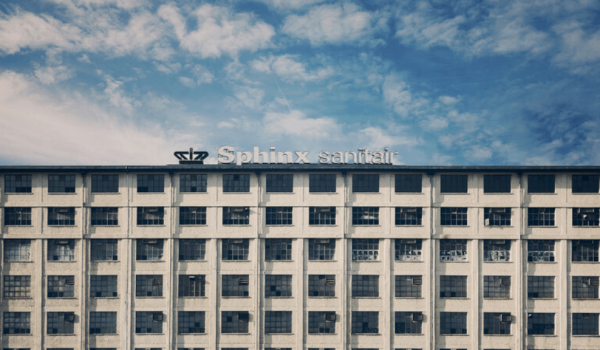
Modern times
The industrial revolution strongly encouraged the development of cities in Limburg. Heerlen is an extreme example of this. The city grew explosively due to the thousands of additional miners. The then mayor had to turn the village of Heerlen into a modern city. 'Old-fashioned' buildings, as they have been preserved in Maastricht, Sittard and Roermond, were demolished for modernist buildings, such as the Royal Theater and the Glaspaleis.
Discover modernist Limburg? Visit the Glass Palace in Heerlen. The exhibition 'You are here' takes you through the history of this architectural masterpiece.
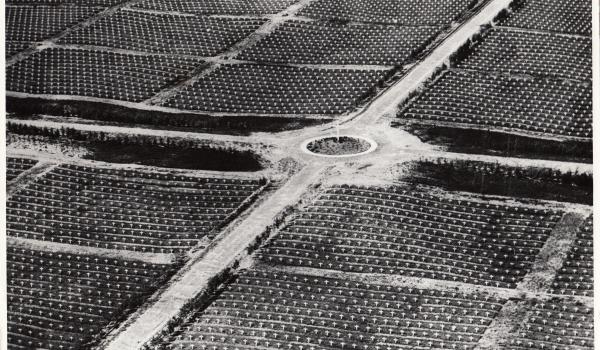
World Wars and Reconstruction
Between the start of the First World War and the end of the Second World War, Limburg, like all of Europe, had a hard time. The Second World War in particular left a deep impression. Due to the advance of the Allies from the South, Limburg skips the Hunger Winter and was liberated in September 1944. Reconstruction could begin. Limburg coal production played a major role in this for Limburg, but also for the whole of the Netherlands.
Second World War in Limburg? Discover this part of history, through thematic routes on Liberationroute
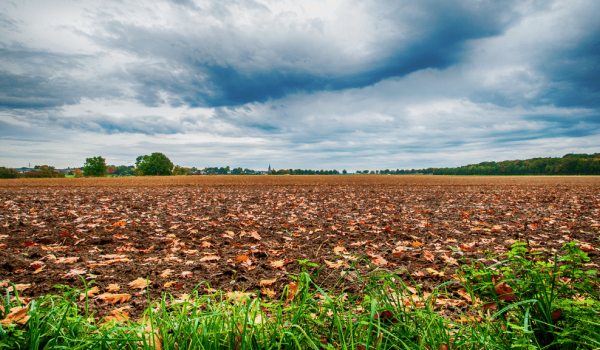
From the sixties…
After the reconstruction, people were left with more wages that allowed for meat on the table every day and the latest gadgets such as a television, refrigerator and car. Going to church became less popular - even in Limburg. The Limburg mines were closed because of cheap, foreign coal and the gas bubble in Slochteren. In response to this, government funding was used to open up the State University of Limburg (later Maastricht University) and DSM (Dutch State Mines) to develop into the huge chemical group it is today. North Limburg has since developed into a leading agricultural center with a lot of horticulture and arable farming.

More history
The traces of all these developments are still visible in today's Limburg, if you know where to go... Are you captivated by the history of Limburg and do you want more? Then visit the Limburgs Museum in Venlo.
